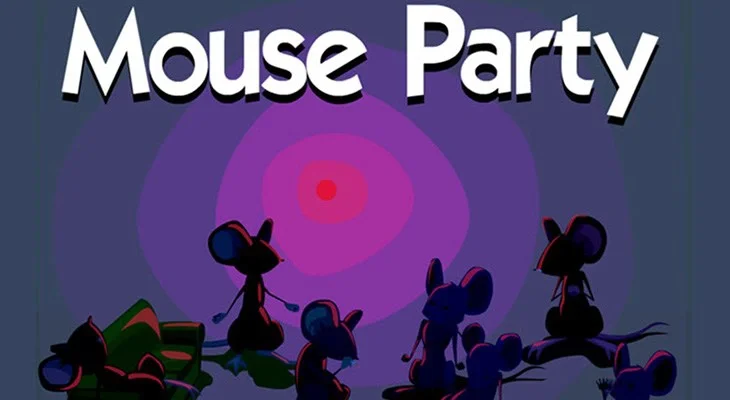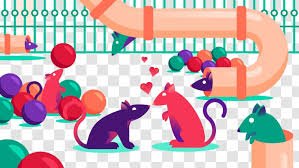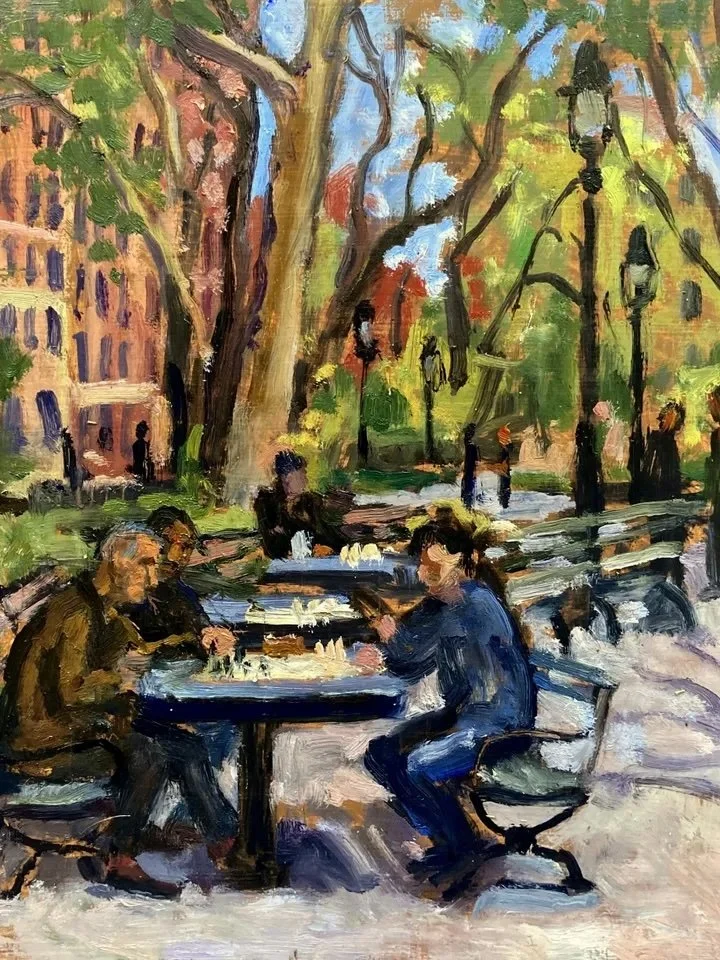How do psychoactive drugs work?
Drugs have many different effects. Here we are thinking of drugs that have a psychoactive effect. People do not get addicted to aspirin - it has no psychoactive effect.
The nervous system
The brain is estimated to have 86 billion cells each sending signals to many other cells. Brain cells are called neurones and each has a cell body from which a long axon connects with other neurones and communicates by releasing chemicals called neurotransmitters as shown in the graphic…
Normally receptors are activated by the body's neurotransmitters. These chemicals are released from one cell and activate receptors at neighbouring cells. This is the brain's main communication system. Receptors make things happen: for example activating muscle cell receptors causes a muscle contraction, receptors on glands cause secretions from the gland, and in the brain they cause thoughts and feelings to happen.
To understand receptors is to understand how drugs work
Drugs act on receptors either to stimulate or to block them - like enabling or disabling something on a computer. Neurones manufacture their transmitter and store it in vesicles (small packets). The graphic illustrates vesicles passing down an axon to be released across the synapse (the gap between cells) and activate receptors which are located on an adjoining cell. Excess transmitter is destroyed in the synapse or transported back into the cell that released it (reuptake).
What goes on at receptors
Stream this video from Utah University's Genetic Science Centre's Mouse Party. It is a cartoon explaining how receptors work, what are the different kinds of receptor, and how do they connect with different kinds of drugs. (17 minutes)
It is very helpful to see drug effects as a direct action on a particular neurotransmitter pathway. Of course the real world is more complicated: there may well be a dominant pathway explaining the main drug effect but drugs may also act on multiple pathways with lesser effects and on receptors outside of the brain causing physical effects. There is a lot to take in from the video so take your time working through the slide shows below to consolidate what you have learned.
All drugs, whether pharmaceutical or ‘street’ drugs, have unwanted effects. For some people knowing the risks of taking a drug is a potent deterrent to its use. For others the immediate, pleasurable effects of a drug outweigh the possible, often long-term, risks of taking it and for these people harm reduction strategies are a crucial part of their drug use.
Watch this slide show by Dr Duncan Raistrick to learn more about how drugs work. Duncan looks at how neurotransmitters work and how this explains the effects of alcohol and drugs.
Duncan Raistrick is a Consultant Addiction Psychiatrist
more about addiction…










